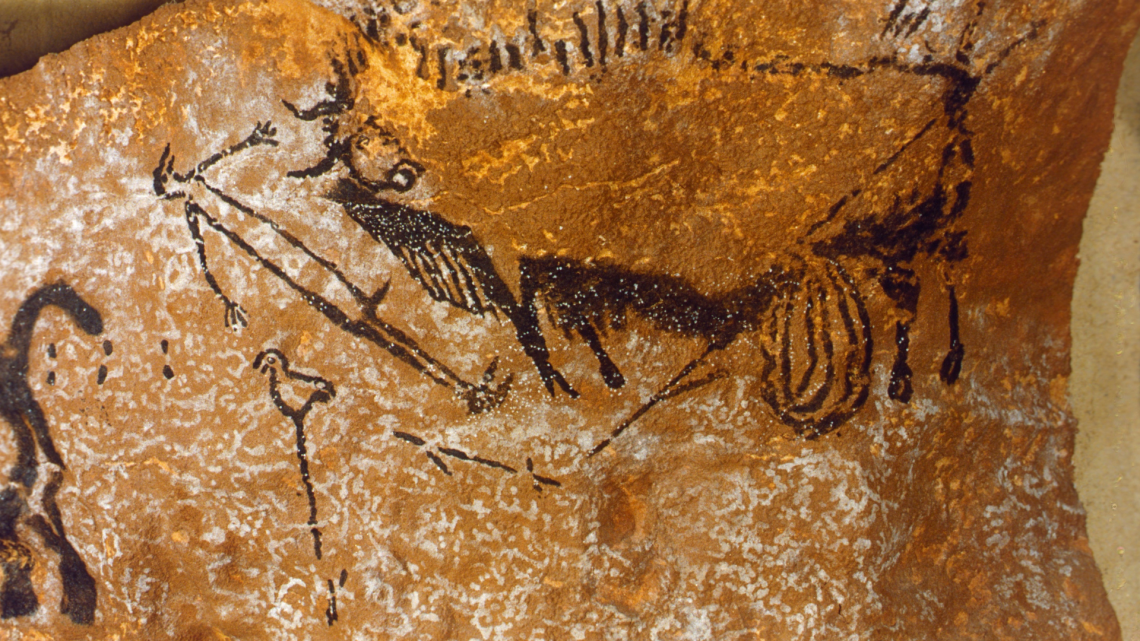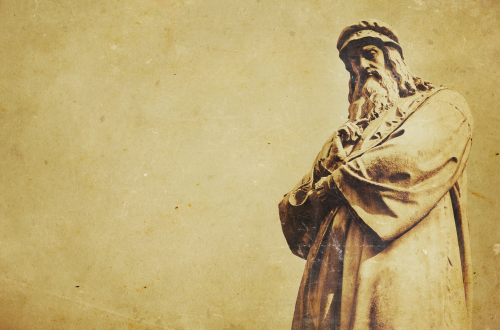
Exploring Pre-Historic Art: A Journey Into The Ancient World
Have you ever wondered what life was like thousands of years ago, before the invention of written language or even cities? If so, then pre-historic art is the perfect way to explore this ancient world as it gives us a glimpse into the beliefs and practices of our ancestors. Through cave paintings, rock carvings, and even petroglyphs, we can unravel the mysteries of their culture and gain insight into their way of life. In this blog post, we’ll be taking a journey deep into the world of pre-historic art: so buckle up and get ready for an adventure!
An Overview of Pre-Historic Art
Pre-historic art is a fascinating window into the ancient world. Cave paintings and rock carvings offer insight into the lives and cultures of early humans. This type of art is found all over the world, from Europe and Asia to Africa and the Americas. It often depicts scenes from daily life, such as hunting or gathering food. It can also be used to record important events, like a battle or a major natural disaster. These pieces of art are sometimes called “primitive” because they were created before written language was developed.
Despite their name, cave paintings are not always found in caves! These paintings can also be found on rocks or in other sheltered places outdoors. They are usually made with natural pigments like ochre or charcoal. Rock carvings, or petroglyphs, are another type of pre-historic art. These designs are carved or etched into rocks using simple tools like stone hammers or bone chisels. Like cave paintings, petroglyphs can depict scenes from daily life or important events. They can also be used as a form of communication between different groups of people.
Whether you’re looking at cave paintings or rock carvings, pre-historic art is a fascinating way to learn about the past.
Types of Pre-Historic Art
Pre-historic art is a type of art that was created before written history. This means that the people who made this art did not have a written language, so they left no records of their lives or their art. Instead, we have to rely on what we can learn from the artwork itself.
There are two main types of pre-historic art: cave paintings and rock carvings. Cave paintings are pictures that were painted on the walls of caves. Rock carvings are designs that were carved into rocks.
Cave Paintings
Paintings are usually found in areas where there were once prehistoric people living. These areas are called “cave sites.” The best-known cave site is in Lascaux, France. But there are also many others, all over the world.
Rock carvings
These arts are usually found in areas where there were once prehistoric people living. But they can also be found in other places, such as in mountains or deserts.
The Function of Pre-Historic Art
Pre-historic art served a number of functions for the people who created it. It was used to record events and stories, communicate messages, and express emotions. Some of the most famous examples of pre-historic art are cave paintings and rock carvings. Cave paintings were often created in locations that had special meaning to the people who used them. They depict scenes from everyday life, as well as animals and hunting scenes.
Rock carvings are usually found on large boulders or cliffs. They often show animals or hunting scenes, but can also be abstract designs. Pre-historic art was an important part of the culture of the people who created it. It helped them to record their history and share their stories with future generations.
Techniques of Pre-Historic Art
Some of the techniques used in prehistoric art include painting, carving, and sculpting. These techniques were often used to create images of animals, people, and nature. Painting was a popular technique among prehistoric artists. They would often use natural pigments to create their paintings. The carving was also a common technique. Prehistoric artists would carve images into stone or wood. Sculpting was another popular technique. Prehistoric artists would create sculptures out of clay, stone, or wood.
Examples of Famous Pre-Historic Artworks
There are many famous examples of prehistoric artworks from around the world. One of the most famous is the Chauvet Cave paintings in France, which date back to around 32,000 BCE. These cave paintings are some of the oldest known and are incredibly well preserved. Another famous prehistoric artwork is the Lascaux Cave paintings, also found in France. This date back to around 15,000 BCE and depict a variety of animals, including bison, horses, and deer.
Other well-known prehistoric artworks include the Rock Art of the Iberian Peninsula in Spain and Portugal, which dates back to around 10,000 BCE. This rock art includes many different images, including animals and humans. The Bradshaw Paintings, found in Australia, are another example of prehistoric art that dates back to around 17,000 BCE. These paintings depict human figures as well as animals and birds.
Preservation and Conservation of Pre-History Art
Pre-historic art is one of the most fascinating and mysterious aspects of human history. For centuries, people have been intrigued by the cave paintings and rock carvings that date back to the Stone Age. These works of art provide a window into the lives of our ancient ancestors and offer insights into their cultures and beliefs.
Preservation and conservation of pre-historic art are important for many reasons. Firstly, these artifacts are irreplaceable: there is no way to replace them if they are lost or damaged. Secondly, they are an important part of our human heritage and need to be protected for future generations. Finally, pre-historic art provides valuable information about the past that can help us better understand our own history and culture.
There are many ways to preserve and conserve pre-historic art. One of the most important things is to keep these artifacts in stable conditions, free from excessive humidity or light exposure. It is also important to carefully control temperature and relative humidity levels to prevent deterioration of the materials. In addition to environmental controls, preventive conservation measures such as pest control and regular cleaning can help prolong the life of pre-historic art. Proper storage and housing are also essential for long-term preservation. When exhibited, prehistoric artifacts must be handled with care and displayed under appropriate conditions to minimize damage. With proper care and conservation, pre-historic art can be enjoyed by generations to come.
Exploring pre-historic art has been an incredible journey into the ancient world of cave paintings and rock carvings. It is remarkable to witness how these early humans created works of art that still fascinate us today and provide a window into their lives so many thousands of years ago. From exploring the origins, materials, and techniques used for creating these works to examining some of the most impressive pieces we have discovered from around the world, it is clear that pre-historic artwork was no less captivating than what we produce today. The legacy left by our ancestors will continue to inspire us in all aspects of life for generations to come.





